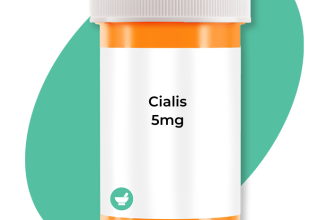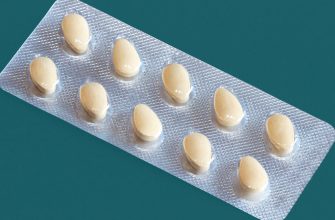Need help conceiving? Clomiphene citrate, often simply called Clomiphene, might be a solution. This medication stimulates ovulation, helping your body release eggs for fertilization. It’s a common first-line treatment for women with ovulatory dysfunction. However, it’s crucial to understand its mechanism and potential side effects before considering it.
Clomiphene works by blocking estrogen receptors in the hypothalamus and pituitary gland. This, in turn, increases the production of follicle-stimulating hormone (FSH) and luteinizing hormone (LH), directly impacting egg development and release. Expect your doctor to monitor hormone levels closely throughout treatment to optimize dosage and minimize risks.
Common side effects include hot flashes, mood swings, and headaches. Less frequent, but potentially serious side effects include ovarian hyperstimulation syndrome (OHSS) – a condition requiring immediate medical attention – and visual disturbances. Open communication with your healthcare provider is paramount; report any unusual symptoms immediately.
Remember, Clomiphene isn’t a guaranteed solution for infertility. Success rates vary depending on individual factors such as age and underlying health conditions. Your fertility specialist will discuss realistic expectations and alternative treatment options if necessary. A thorough medical evaluation is always the first step before beginning any fertility treatment.
Clinical Applications and Dosage Regimens
Clomiphene citrate primarily treats female infertility caused by anovulation. A typical regimen involves 50 mg daily for 5 days, starting on cycle day 3-5. If ovulation doesn’t occur, the dosage may be increased to 100 mg daily for 5 days in subsequent cycles. Treatment usually doesn’t exceed three cycles at the higher dose.
Male Infertility Treatment
In men, clomiphene is used less frequently, primarily to improve sperm production in cases of oligospermia. Dosage typically ranges from 25-100 mg daily for 3-6 months. A physician will closely monitor sperm parameters to assess response and adjust accordingly. This approach may only be appropriate in specific cases and is not suitable for all male infertility scenarios.
Important Considerations
Multiple pregnancies occur more frequently with clomiphene use. Regular monitoring via ultrasound and blood tests is crucial to detect multiple gestations and assess ovarian response. Side effects such as hot flashes, ovarian enlargement, and visual disturbances should be reported to the prescribing physician. Individual responses vary greatly; tailoring the regimen to patient-specific characteristics is vital.
Managing Risks and Contraindications
Clomiphene citrate therapy carries potential risks. Regular monitoring of ovarian response through ultrasound and blood tests is crucial to avoid ovarian hyperstimulation syndrome (OHSS), a potentially serious complication involving ovarian enlargement and fluid buildup. Mild OHSS often resolves with rest and fluid intake; however, severe OHSS requires hospitalization. Your doctor will carefully adjust your dosage based on your response.
Visual Disturbances
Visual disturbances, such as blurred vision or light sensitivity, are possible side effects. Report any changes in vision immediately. Discontinue Clomiphene if visual issues worsen. Most visual changes are temporary and resolve after treatment ends.
Multiple Pregnancy
Clomiphene increases the chance of multiple pregnancies (twins, triplets, etc.). This carries inherent risks for both mother and babies. Your doctor will discuss these risks and management strategies during your consultation.
Other Side Effects
Expect potential side effects like hot flashes, mood swings, headaches, and abdominal bloating. These are generally mild and temporary, but inform your physician if they significantly affect your quality of life. Severe allergic reactions are rare but need immediate medical attention.
Contraindications
Clomiphene is contraindicated in patients with liver disease, unexplained uterine bleeding, ovarian cysts (unless specifically managed), and pregnancy. It’s also not suitable for individuals with uncontrolled thyroid problems or those with a history of OHSS. Prior to starting treatment, a thorough medical history is necessary.










